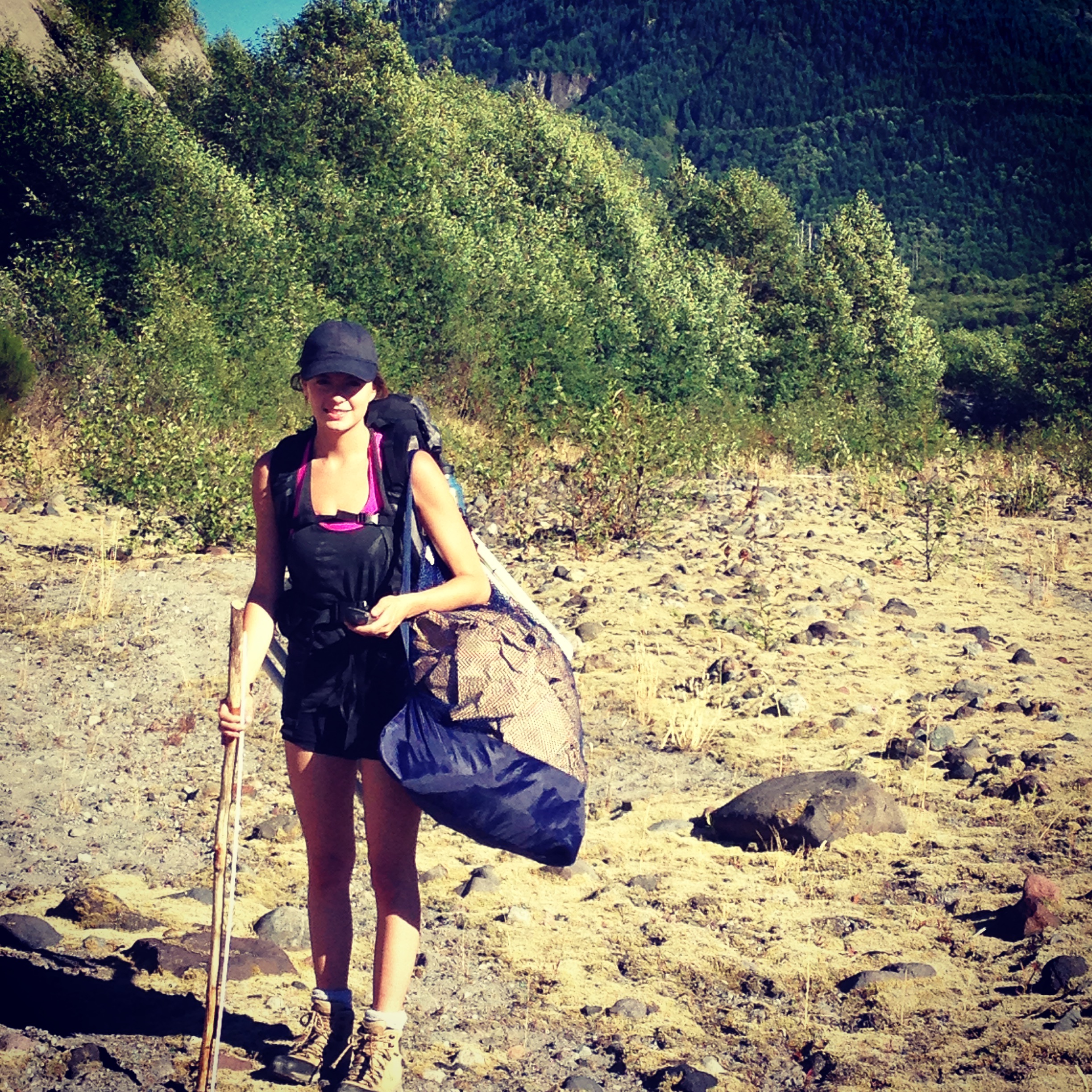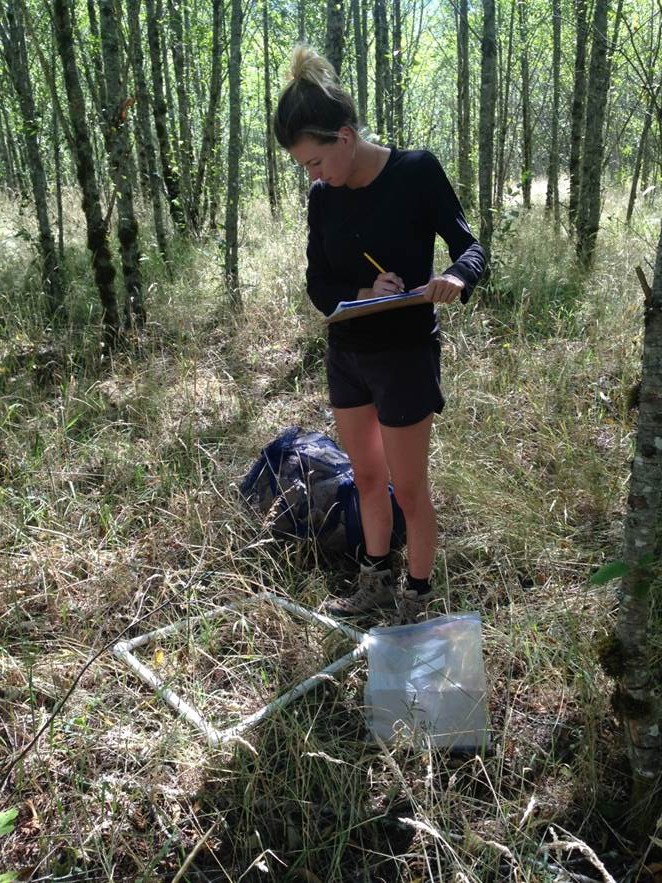Thirty-five years after the eruption of Mount St. Helens (MSH), forest succession in some areas adjacent to MSH has resulted in forest canopy closure and associated loss of the ungulate forage, whereas in highly disturbed areas forage is just now peaking in abundance. I am using information from remote sensing and changes in forage abundance from long-term plots to assess the 30-year trend in the nutritional carrying capacity (NCC) of elk given varying trajectories of forest succession across the landscape. I hypothesize that advancing forest succession at high elevations has not offset the decline in elk summer range across the broader landscape. I am using the FRESH model developed for deer in Alaska, and adapting it to estimate the number of female elk (animal days) that can be supported at 5-year intervals since 1980. I am also incorporating data on elk diet selection, forage digestible energy, and elk nutritional requirements from field studies and the literature to estimate available NCC at the stand level. I am adjusting stand-level estimates to landscape-level estimates of NCC based on elk home range size and habitat selection constraints related to topographic and human activity to reflect more realistic use of the area. Habitat selection is derived from 24 and 23 radio-collared elk monitored in 1983-1984 and 2009-2011 at MSH.
 Understanding the influence of landscape-level changes in nutritional resources based on elk forage and habitat selection provides an important tool for evaluating management activities at MSH. Without significant habitat enhancements at MSH, the current forest management plan will result in even greater declines in elk population numbers. Results from this study will allow us to anticipate the consequences of current forest succession trends and assess alternative management scenarios for elk populations and to manage elk for cultural, commercial, and ecological values, and further provide a baseline in view of anticipated recolonizing wolf populations.
Understanding the influence of landscape-level changes in nutritional resources based on elk forage and habitat selection provides an important tool for evaluating management activities at MSH. Without significant habitat enhancements at MSH, the current forest management plan will result in even greater declines in elk population numbers. Results from this study will allow us to anticipate the consequences of current forest succession trends and assess alternative management scenarios for elk populations and to manage elk for cultural, commercial, and ecological values, and further provide a baseline in view of anticipated recolonizing wolf populations.
Awards:
Canadian Section of the Wildlife Society Travel Award (9/2015)
Faculty of Graduate Studies and Teaching Award (4/2015)
Student Teaching Assistantship Award (9/2013)
Presentations:
Sparkes, S. N., Merrill, E. H., Geary, A. B., Crisafulli, C. M., Cook, J. G., Cook, R. C. Forest Succession and Nutritional Carrying Capacity for Elk since the 1980 Eruption of Mount St. Helens. 2015 The Wildlife Society Annual Conference, Winnipeg, MB.
Sparkes, S. N., Merrill, E. H., Geary, A. B. Management Tools for Elk: A Comparison of Resource Selection and Use Probability Functions at Mount St. Helens. 2015 The Alberta Chapter of the Wildlife Society, Edmonton, AB.
Sparkes, S. N., Merrill, E H., Geary, A. B., McCorquodale, S. M, Rowland, M. M. Habitat Assessment Tools for Elk at Mount St. Helens: Comparison of Resource Selection and Use. 2015, Canmore, AB.
Sparkes, S. N., Merrill, E. H., Geary, A.B., Cook, J. G. Forest Succession and Elk Habitat Selection at Mount St. Helens. 2014, Alberta Chapter of the Wildlife Society, Jasper, AB.
Funding Agencies:
Rocky Mountain Elk Foundation
National Sciences and Engineering Research Council of Canada (NSERC)
